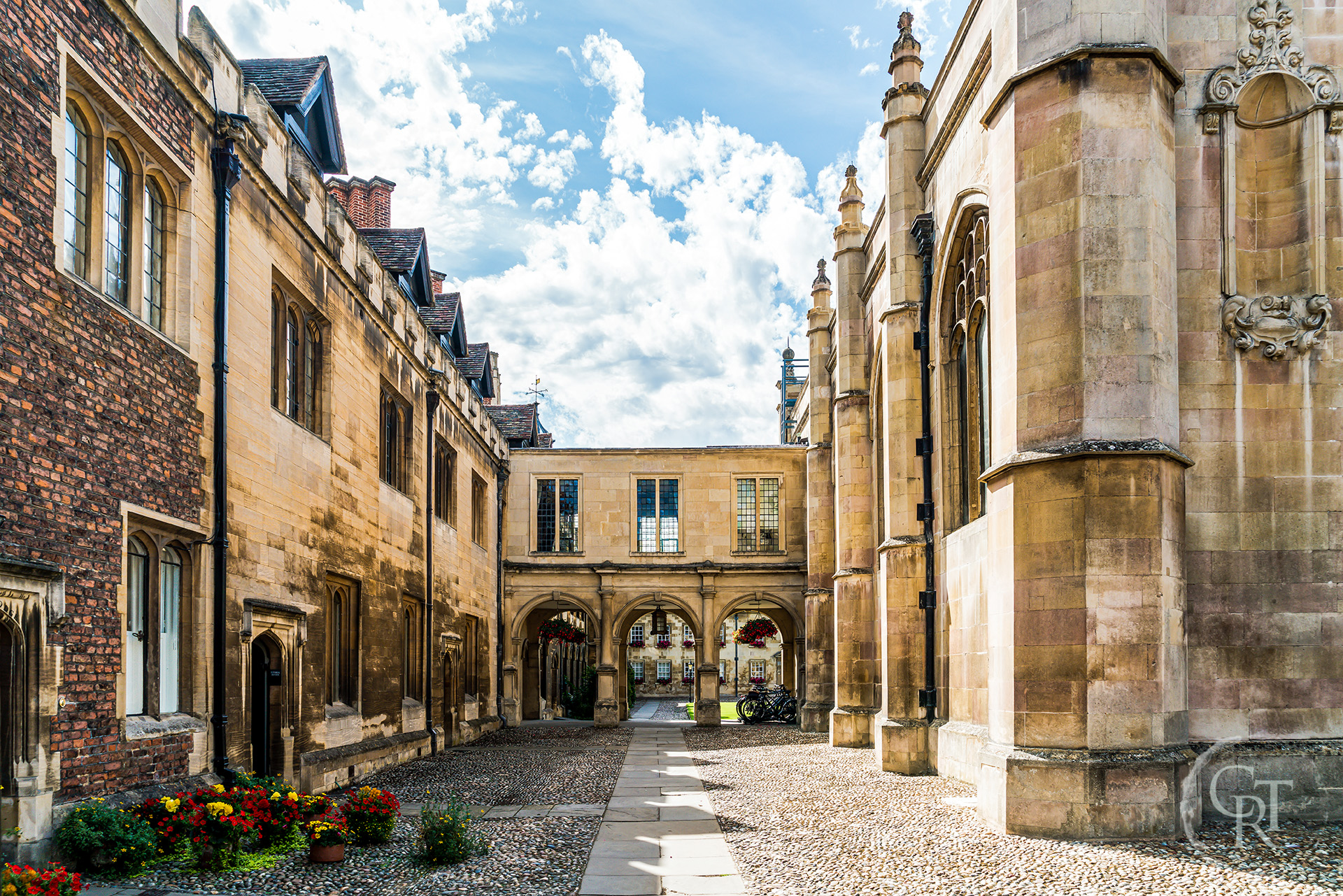A Step Back in Time: The History of Cambridge
Cambridge. A quintessentially English city, famed for its long-established university. But if you thought Cambridge was just about the University, then you can guess again. Our beautiful neck of the woods has a long history, stretching way back before Cambridge University was established. So, take a punt with us (sorry) through some key moments in time. Shaking Up the Status Quo Many UK towns and cities are named after the rivers or seas that they grew up next to. Similar to Weymouth meaning “the mouth of the River Wey” or Plymouth meaning “the mouth of the River Plym”, Cambridge (pronounced Came-bridge not Cam bridge) means “the bridge over the River Cam”. But did you know that Cambridge was initially called “Granta Brycge”? This Anglo-Saxon name meant the “Granta Bridge” and was named after, you guessed it, the River Granta. But where is this River Granta, we hear you cry?! The original location of the Cam bridge As dialects changed over the years, the name “Granta Brycge” evolved to “Cambridge”. After a while, people assumed that Cambridge’s River was called the Cam and eventually, the section of the River Granta flowing through the town was renamed. So instead of the town being named after its river, the river is now named after its town. The upper stretches of the river, from the Mill pond heading upstream towards Grantchester, are still known as the Granta to this day. Roman Beginnings Like many English towns, the first permanent settlement in Cambridge was during the Roman era. The Romans built a fort on Castle Hill, which was later abandoned in the 5th century as the Roman Empire declined. Modern-day Cambridge can trace its origins to 875AD when [...]

